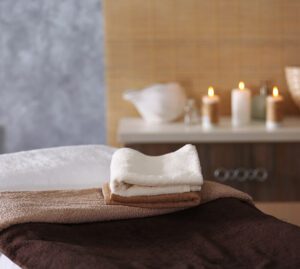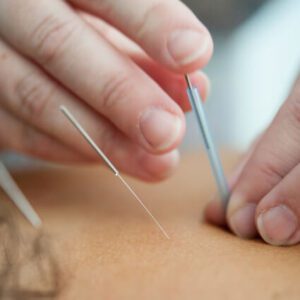
Will it be good for me to do Pilates?
How did Pilates appear?
Joseph Pilates was born in Germany in 1883 and as an adult he was a healthy athlete practicing various sports such as skydiving, diving, gymnastics and boxing. However, his passion for sport and the Greek ideal of health (body, mind and spirit) was developed due to having had asthma and rheumatic fever as a child (Pilates Foundation, 2017).
In 1912, Joseph went to England to work as a self-defence instructor for Scotland Yard detectives. Around this time, during the First World War, he was interned, as were many other Germans. During his incarceration, this German innovator trained several inmates in his exercise method, refining his ideas and concepts (Pilates Foundation, 2017).

This method has some basic principles, they are: breathing, concentration, center, control, precision and fluidity. One of Joseph Pilates’ focuses was, above all, learning to breathe correctly (Pilates Foundation , 2017).
Pilates, according to Pilates Foundation (2017), has the following benefits :
-
- Improve posture, health and physical capacity
-
- Achieve specific physical goals and challenge athletic ability
-
- Rehabilitate after injury, surgery or illness
-
- Return to movement
-
- Expand body awareness
-
- Develop confidence in your body’s capabilities
-
- Look better, feel better, live better
-
- Live a happier life
APPI, an acronym for Australian Physiotherapy & Pilates Institute, was co-created in 1999 by Glenn Withers and Elisa Withers, both published authors and international speakers, considered experts in the area of spine treatment and Pilates. APPI is currently present in more than 16 countries, working in partnership with widely recognized institutions such as: English Institute of Sport, British Military, English National Ballet, NHS, British Bobsleigh Association, Cirque De Soleil, Premier League football clubs – among they are Manchester United, Tottenham, Chelsea and Arsenal (APPI, 2017).
This institute recommends five key elements for its Pilates teaching method:
-
- Side breathing (lower ribs)
-
- Center
-
- Chest positioning
-
- Shoulder blade positioning
-
- Positioning of the head and neck
There are important differences between Joseph Pilates’ original method and the APPI method. Regarding the latter, for example, the neutral spine (instead of imprinting), 25% transverse contraction (instead of maximal bracing contractions), selective movements adapted to each clinical condition can be highlighted. This variability is due to the need that its creators, both physiotherapists, felt to adapt the method to people with pain, pathology and in the rehabilitation phase.

Low back pain is one of the main reasons that leads people to seek the method, whether on their own initiative or on the advice of others (doctor , physiotherapist, trainer, or even a neighbor who also does it and feels better). Pain was, a few years ago, considered the fifth vital sign. According to Morone and Weiner (2013), this fact led to this symptom and, consequently, the patient’s complaints being more valued in a clinical context. However, due to the subjectivity inherent in pain assessment, it created some difficulties and even even unnecessary prescription medication.
If you want to discover more about this method and its inherent concepts, come and try a Clinical Pilates class, and feel for yourself the benefits of this training method.
If you liked this article, share it with anyone who could benefit from this information or leave us a message.
Sara Costa
Physiotherapist and CEO Soul Bliss.






